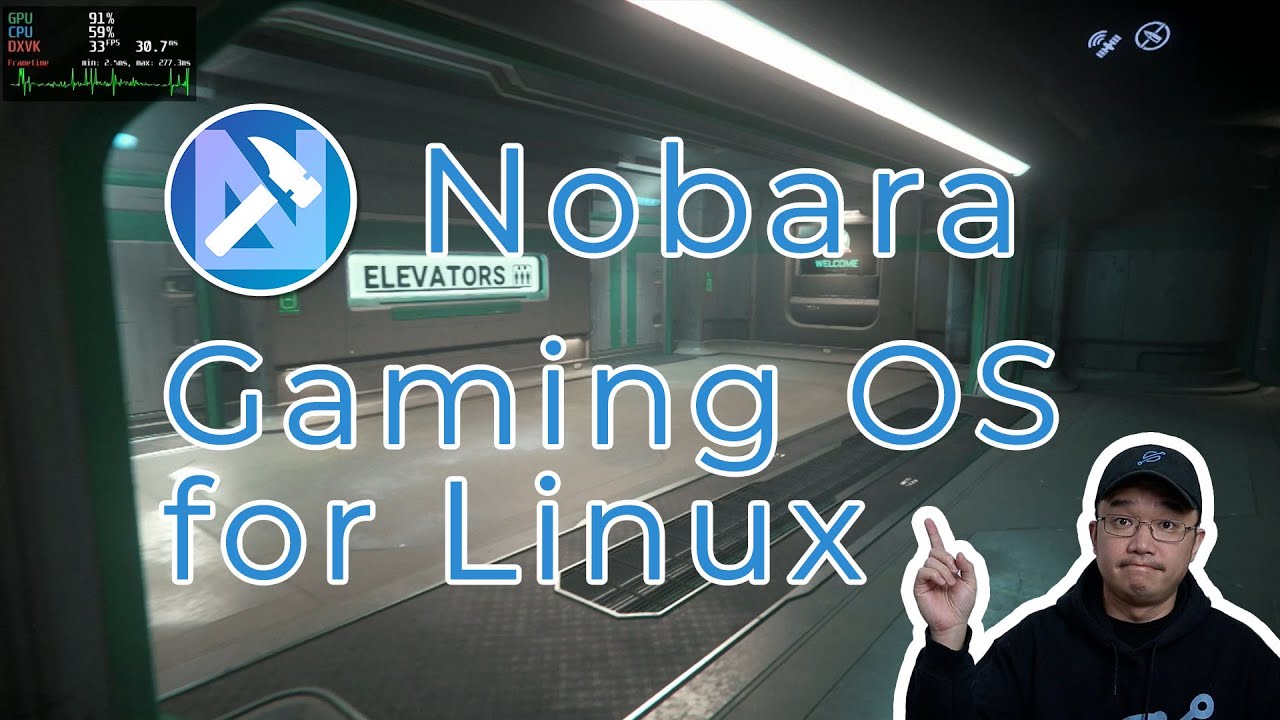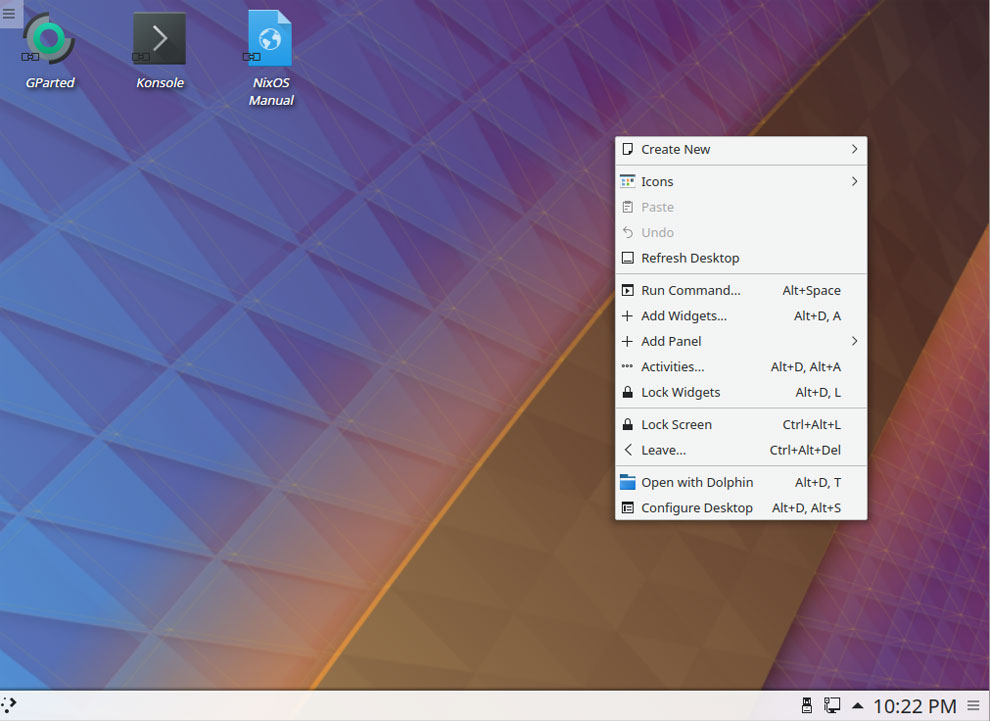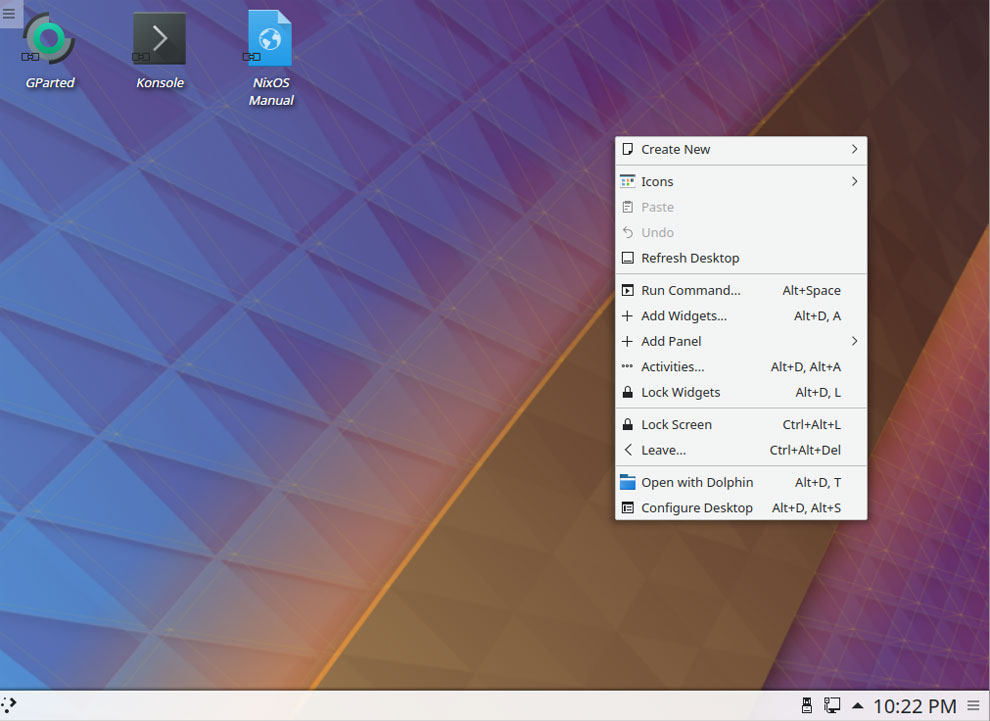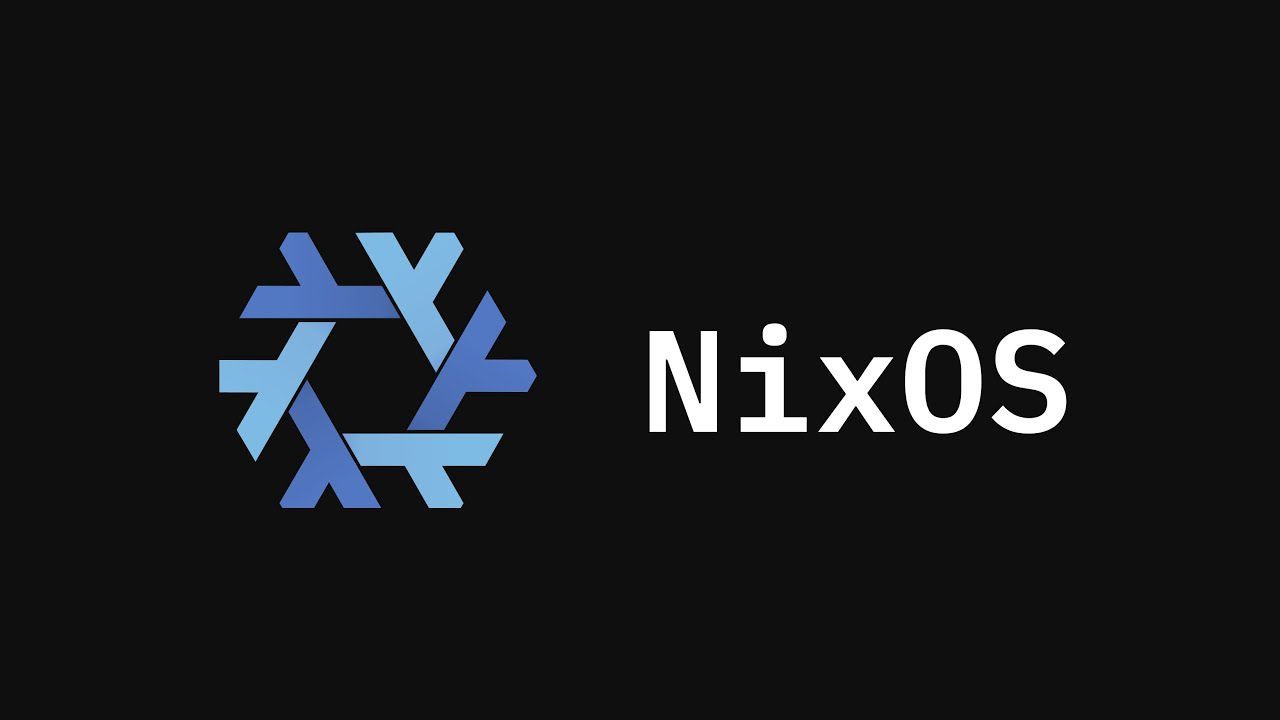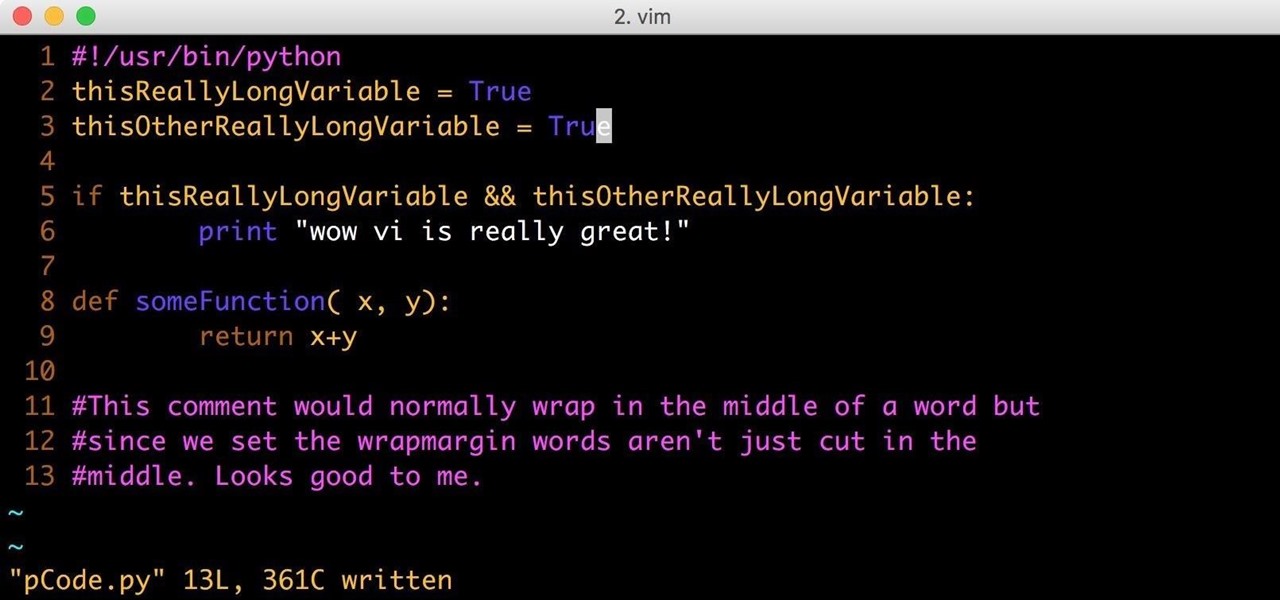
Mastering Vim: A Comprehensive Guide
Vim, once the default editor with Linux, continues to be a powerful tool for system administrators and developers alike. In this tutorial, we delve into the basics of Vim, exploring its modes, functionalities, and advanced features. Whether you’re a beginner or a seasoned user, this guide will help you harness the full potential of Vim in your workflow.
Why Vim?
Text editors play a crucial role in Linux system administration, enabling users to modify configuration files, create scripts, and manage automation tasks efficiently. Vim stands out for its speed, extensibility, and language support, making it a preferred choice for many professionals.
Installing Vim
To install Vim on Linux, use the system’s package manager based on your distribution. For Red Hat-based systems, use sudo dnf install vim, for Debian-based systems, sudo apt-get install vim, and for macOS, download the installer from the official site.
Understanding Vim Modes
Vim operates through different modes, each serving a specific purpose. From Command mode for issuing commands to Insert mode for entering text, mastering these modes is essential for effective file manipulation.
Getting Started with Vim
Learn how to open, edit, save, and close files in Vim. Follow a step-by-step tutorial to create a simple script, understand Vim’s interface, and execute basic commands to enhance your editing experience.
Advanced Vim Customizations
Discover how Vim power users leverage .vimrc customizations and plugins to tailor Vim to their specific needs. From custom key mappings to syntax highlighting, Vim offers a plethora of customization options for a personalized editing environment.
Vim Tips and Tricks
Uncover Vim’s hidden gems, including spell-checking, syntax checking, and the built-in Vim tutor. Enhance your productivity with these features and explore the benefits of using Vim in your daily workflow.
Conclusion
As Vim continues to evolve, staying updated with the latest features and functionalities is crucial for maximizing its potential. Whether you’re a novice or an expert, Vim remains a versatile and efficient tool for text editing and programming tasks.
Dig Deeper
For more insights on data center operations, monitoring, and management, explore related content and stay informed about the latest trends and technologies.
About the Author
Damon Garn is a technology enthusiast and content creator at Cogspinner Coaction, passionate about sharing knowledge and insights on Linux, open-source software, and system administration.











